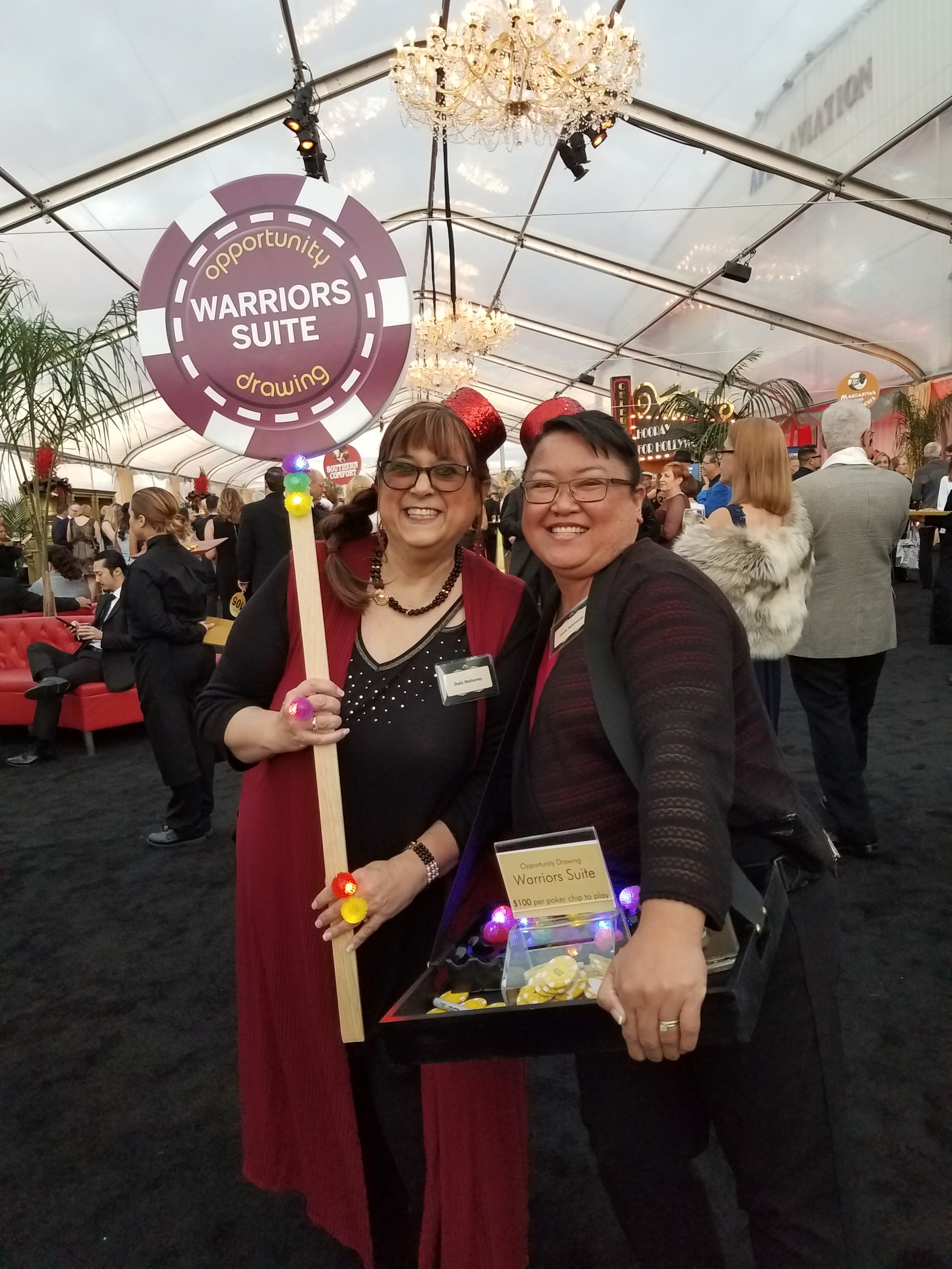The year is halfway over and the spring fundraising season is coming to a close. It is a good time to identify the fundraising auctions trends that have emerged, how they have impacted events, and how best to work with them to create successful event. First and foremost, we are seeing continuation of trends that started last year.
One of the most promising trends of 2023 is the younger generation stepping up and supporting charities at a high level
People are still waiting until much later in the planning process to purchase their tickets than they would have done pre-pandemic. This spring we saw a number of events come up against their deadline to confirm the catering order while attendees were still continuing to purchase tickets.
Check with your event venue and/or caterer to see how they’ve been addressing this issue. Unless your event is known for selling out quickly, be prepared to work to motivate ticket buyers as you come down the home stretch. And most importantly, know that this behavior is the norm these days.
Another part of the new normal is the volume of crowds remains louder than ever. Setting aside all attempts to analyze why this is true, the simple fact is once people are at an event together, they tend to be extremely loud. Crowds that are usually staid or reserved are loud, and crowds that are known for being loud are cacophonous.
Work with your A/V partner to ensure the sound system you have in place is designed to address this. Specifically, you need more coverage with more power – not just more power (think “auction surround sound”). Craft your timeline to ensure you are giving your crowd the time they need to blow off steam. Fine-tune your program so that everything that happens onstage is meaningful and engaging.
Auctions are getting shorter. When I first started doing fundraising auctions in 2004, the average auction length was 25 - 30 lots. That number has shrunk to about 12 lots, with many events strategically opting to do a fund-a-need only. Shorter auctions means fewer lots to generate the money, obviously, but it does not mean you have to restrict your auction to fewer bidders.
Buy-in-lots have surged post-pandemic and continue to be extremely popular, as I documented in an earlier blog post. As events opt to hold shorter and shorter auctions, buy-ins have become an integral way to engage more bidders *and* raise more money.
Another trend this year is the rise of the “sponsor a spot” auction lot. Similar to a buy-in, but instead of securing an opportunity for oneself, we ask bidders to sponsor beneficiaries of the event to participate in an experience (read a more detailed blog post here).
Crowds are also getting younger, and I’m not just saying that because I’m feeling older these days. We are definitely seeing a new demographic emerge at fundraising events, and the late 30’s to early 40’s set is starting to have an impact.This means you have to keep your program fresh and utilize forms of marketing that meet this market where it lives and plays. It also means that you need to develop a couple of fun and creative auction lots that appeal to this demographic – buy-ins usually fit the bill.
We are seeing events trend upwards again. Most events – not all, but most – are making more money than last year. Many are setting new records, after setting new records last year. This is partially the work of expectation management, of crowds expecting to raise more money each year. But it is also the work of development teams, boards, and committees who do a great job of setting individual attendees’ expectations for their participation in the event.
One disturbing trend we’ve seen emerge this year is fake bids: people making a bid and then either denying they made the bid or outright refusing to pay. This has happened at numerous events this spring, including at some of our biggest events. At one event, a bidder obviously and repeatedly bid on a lot until the lot sold to them for $36,000 – at which point they simply refused to acknowledge their winning bid and insisted they had not been bidding. Utilizing a payment processing system that enables you to tie bidder numbers directly to credit cards will help prevent this, but it will not make it completely go away.
Another great solution for this is to utilize professional bid spotters. You may already pay a premium for your fundraising auctioneer, but the additional cost of professional bid spotters will more than pay for itself, especially if you have a crowd of more than 350 people. Professional spotters help make the auction livelier and more engaging for the whole crowd, but especially those last few rows of tables.
Without professional spotters, we often do not know a bid was false until the lot has already been sold to that false bid. Then we have to re-open the lot, find the last bidder, re-engage them, and so on. Professional bid spotters can help verify bidder behavior and alert the auctioneer to false bids before they become problematic. They can directly engage with bidders and confirm a bidder’s intent (or lack thereof) while the auctioneer is still actively selling an auction lot. As few as one or two professionals “on the ground” in an auction can make everything go more smoothly.
To summarize: what we are seeing so far in 2023 are crowds that wait longer to buy their tickets, are louder than ever when they get to the event, and spend more in support of their chosen charities than ever before. These crowds are getting younger and require both programming and auction lots that map to their demographic. If your event has more than 350 attendees, consider using professional bid spotters to help make your event more successful.








